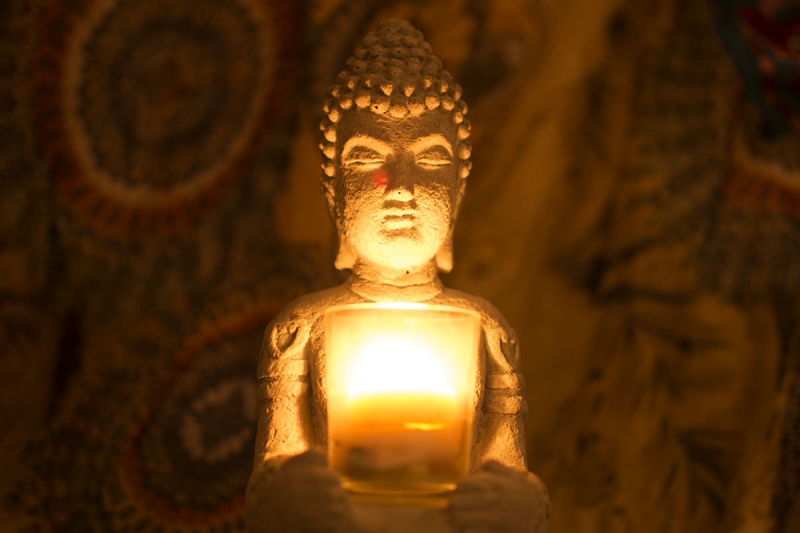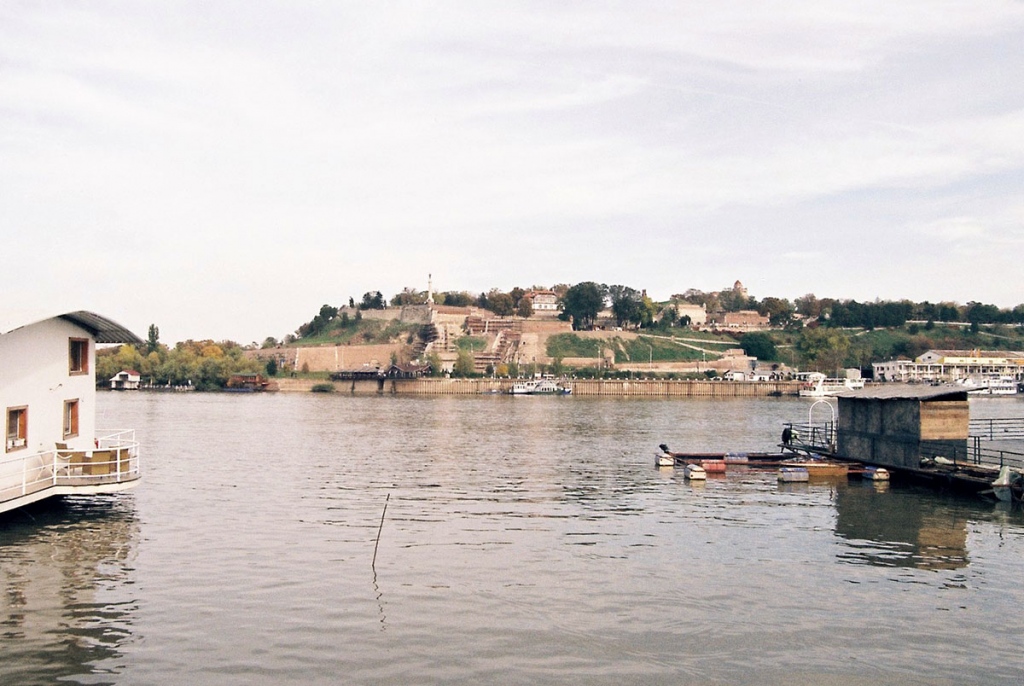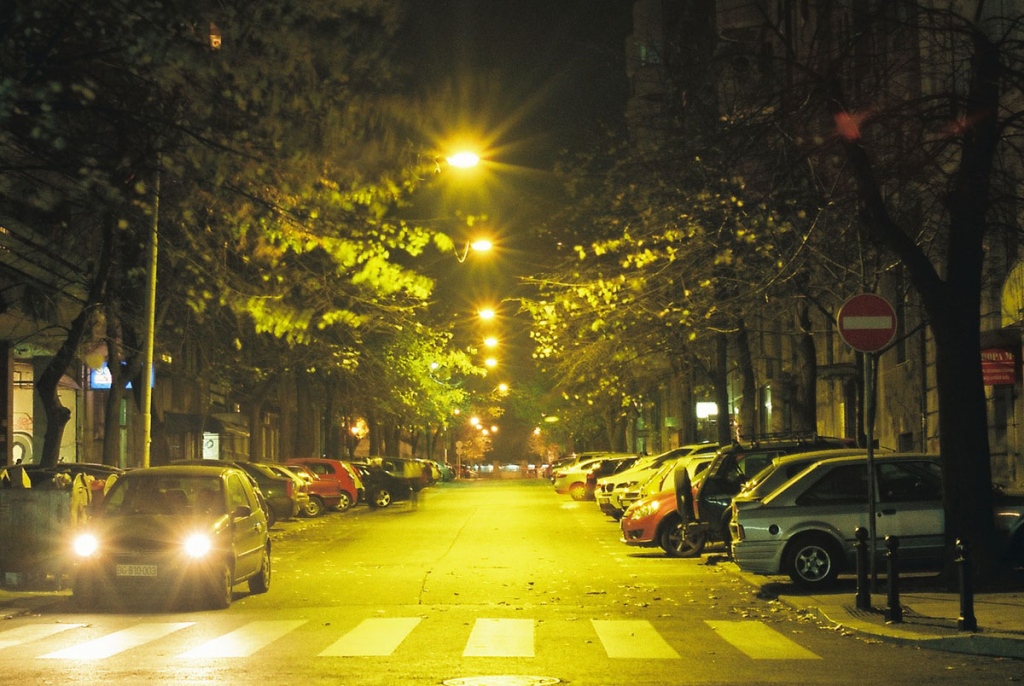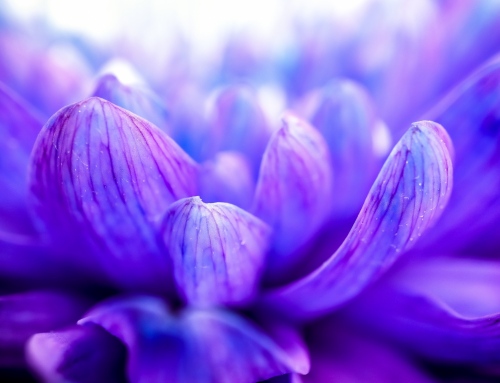In this article we are diving deeper into the fundamentals of color theory by investigating what does color temperature in photography mean. Color is a name for the color impression that occurs when light with a specific wave length reaches the photoreceptors in the retina. These receptors react to specific light waves. Information about a certain color travels through the optic nerve as a nerve impulse, to the center for color perception in the brain, where a subjective feeling for a certain color occurs. Light that causes nerve stimulus can be measured with a photometer or spectrometer, but the feeling cannot be measured with any measuring device. Color is a subjective phenomenon that depends on physical, physiological and psychological factors.
Warm and cool
Having knowledge about how lighting affects the appearance of a photograph will have a great impact on the final result. There are many types of colors of light that are correlated to the time of day you are shooting in, or the type of artificial lighting you are using. The color of a light source is measured on the Kelvin scale. Low color temperature light sources are called ‘warm’ and higher color temperature light sources are called ‘cool’. This refers to the psychological affect lighting has on the brain. Blue and violet colors are perceived as ‘cool’, while red, orange and yellow colors are ‘warm’. Different light sources will make object appear of a different color.
Kelvin
A Kelvin (K) is a unit of measurement for temperature. Color temperature is used to describe the overall color tone of the light source. The lower the K the more red the color appears. From 1000K-1900K, we are in the range of red color, which occurs with light sources like candles and fire. As we travel upwards through the Kelvin scale, we go through yellow light and white light to blue light. Incandescent lights are around 2500K-3000K. Cooler light sources used in offices are about 3500K-4100K. Daylight values are usually between 5000K-6500K, while direct sunlight is about 4800K.
White balance
Color temperature in digital photography is connected to white balance. Most digital cameras now have presets that allow you to pick the conditions you are shooting in (daylight, cloudy, tungsten) and match them to the white balance. However if you keep in mind the general idea that high K values are cool (blue, white) and low K values are warm (red, orange), you can than manually set the desired color temperature on your camera.
To have even more control over your white balance, employ a gray card. You can use a piece of paper or cardboard that is colored with middle gray. Place it where your subject might be and point your camera towards it. That way you make the job easier for your camera, making it understand the lighting conditions, since gray is a neutral tone.
Using color temperature can help you keep your photographs looking natural, as digital cameras are not as good at adapting to different lighting conditions as the human eye is. By telling your camera the correct temperature for the scene, it will be able to correct the white balance and color of the shot. This way you will avoid any undesirable color cast that may occur. Kelvin temperatures for specific lights are estimates and do not match every single sight source, but you still have the option to do color correction in post-processing, just remember to shoot in RAW, because with JPEG images there is only a limited level of adjustment you can do.











